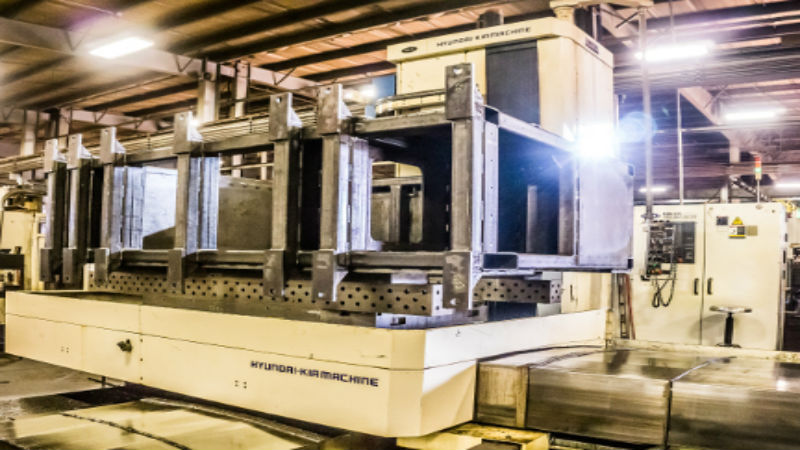In both high volume types of welding requirements, as well as for high precision welding needs on all types of parts and components, robotic welding offers several benefits over manual welding. Precision, accuracy, uniformity, and speed of the welding process are all factors that make this automated welding process a good option for an OEM to consider.
As with any type of system, the expertise and experience of the fabrication shop is a factor in the quality of the robotic welding services offered. While these systems are very precise and offer a uniform, quality welding process, they have to be configured and monitored for the best end results. Working with fabrication shops with experience in robotic or automated welding processes should be a priority selection factor in choosing the best provider.
Welding Options
As with manual welding, robotic welding can be completed using a variety of welding methods. Most will use either MIG or TIG welding, as they offer the greatest flexibility for the system while also providing optimized welds for most types of metals and alloys.
MIG and TIG automated welding should also be matched to the thickness of the metals or alloys. In general, TIG automated welding is best for smaller parts with thinner metals, while MIG welding is ideal for larger weld areas or for larger parts and metal thickness.
Talking with the fabrication shop and planning the best option in welding through the robotic system can help to reduce costs, speed up production, and provide welds that will stand up to any specific application requirements.
